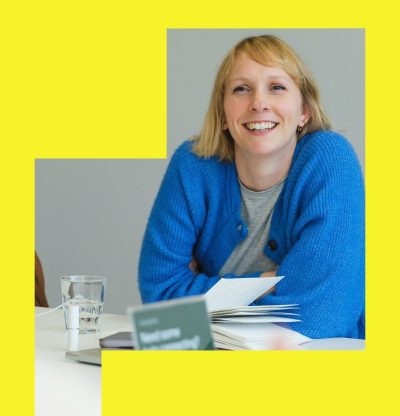
While August traditionally brings the summer holidays and hopefully sunny weather to enjoy, for many charities it is the precursor to a time of annual budgeting and planning. For those with a December year-end, the last four months of the year are full of meetings to clarify, refine and secure sign-off for the budgets and plans for January. For those with a March year-end, the cycle is starting – despite having delivered not even six months of the current financial year!
While it can sometimes feel like being on a never-ending road of forecasts, re-forecasts, budgets and planning, with little time to actually get on with the ‘doing’, it is vital to get into the right frame of mind and equip yourself with the data and information that can support your ambition for investment to grow as well as support any case you need to make for reduced income.
Ideally the plan for the year ahead should be developed before turning to the numbers, and careful consideration given to expenditure requested. As the pressure on budgets remains intense, you need to be able to make the case for every single pound and so uplifting last year’s budget or your year-to-date figure by an arbitrary percentage just isn’t going to cut it.
What’s the plan?
Your first step should be to review where you are against the plans put in place for the current financial year and against any longer-term strategy or plan. Holding a planning day with your team ahead of any formal process is a good way to get everyone involved and to identify any gaps in the information you need. The day can be built around discussing a number of questions:
- How has performance-to-date compared to the annual budget and any longer-term strategy? What has gone well and what hasn’t? What have we learnt?
- What can we learn from the external environment? What have we seen other charities doing that we like? What have we seen our favourite commercial brands doing that might be transferrable?
- What do we want to do in the next financial year – what do we want to continue, start and stop? How does this differ from our longer-term plan?
- Whose help do we need to deliver our plans for next year? How can we engage and excite them? What would be the consequence of help not being forthcoming?
- What external suppliers and agencies do we want to continue to use? Do we need to think about any procurement needs?
- What cross-cutting campaigns, activities and projects do we need to consider? Are these purely fundraising or are there more parts of the organisation involved? How might these impact our plans?
- How do our plans fit into the overall picture for fundraising?
Preparing before the day and working through these questions on the day will help you to identify any gaps in the data you have and also help you to develop an outline plan of what you want to achieve during the next financial year. The day can also be used to agree who will be doing what to get the plan and associated budget put together.
And then the numbers!
With a clear plan of what you want to achieve, it’s time to consider the numbers. Your charity is likely to have some budget parameters in place, so make sure you are aware of what these are so you can factor them in to your thinking. However, don’t let your initial budgeting be constrained by them – it may be, for example, that there is a separate process for making cases for investment, or that there might be a trade-off within Fundraising between investment in your area and downsizing elsewhere. Get going with your budget as soon as you can and make sure you keep track of assumptions you are making and metrics you are using so that when you revisit you can follow your own logic!
Always budget bottom-up – ie from what you want to do and associated expenditure, rather than what you have done and basing expenditure on that. A bottom-up approach ensures you are aware of any extraordinary expenditure – both historic or future – and can explain increases or decreases.
The budget templates that your charity often provides are built as a one-size-fits-all for all parts of the organisation. Sometimes these are not appropriate for your budget needs and so it’s a good idea to prepare your budgets in a format that works for you and then transpose the figures onto the corporate template – keeping good notes, of course, of what figures you have put where!
Budgeting is rarely a single step process and so be ready for iterations and ideally prepare different scenarios ahead of being asked. Make sure your numbers are robust and that cases for investment are based on solid metrics – either from your own programme or sector benchmarks if its new activity – and have a strong narrative to accompany them. There is likely to be a need for some give and take as you move through the budget process, so be clear on where your red lines are for relinquishing budget.
With some advance preparation and thinking before the formal process is upon you, it is possible for the budget round to become less of a chore. It won’t necessarily become a pleasure but it is a critical part of successful delivery, and getting ahead of the game will definitely help you stay in control.
Michelle Chambers, Chief Executive
August 2024
______________________________________________________________________________________________
If you’re a non-profit looking for support, we can help! You can get in touch with us here.
You can also find us on LinkedIn at THINK Consulting Solutions and on Twitter/X @ThinkCS, where we share useful industry insights.
Related posts

What I wish I’d known as a fundraising director
Explore key fundraising market trends and benchmarks in THINK’s 2025 Monitor – a…


What makes an event “special”?
Special events can do more than raise funds - they can build relationships,…


Thirty years in fundraising
Reflecting on three decades in fundraising, Simon Dickson shares his journey from a…

Sign up to our email newsletter
We call it ‘Something to THINK About’ – a regular dose of sector insight, ideas and updates, straight to your inbox.
